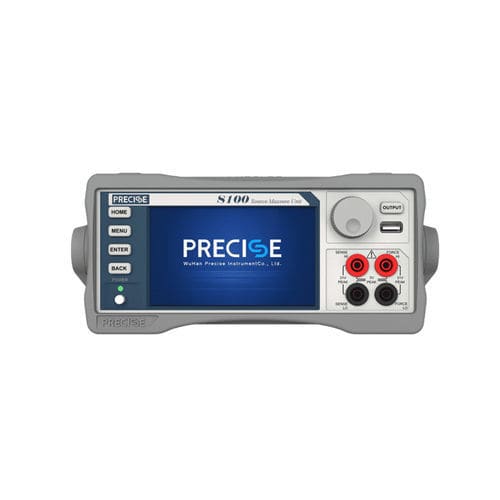
#Industry News
Measuring Semiconductor Resistivity by Four-probe Method of Source Measure Meter
Scheme
Resistivity is an important parameter that determines the electrical properties of semiconductor materials. In order to characterize the process quality and the doping of materials, it is necessary to test the resistivity of materials. There are many methods for testing the resistivity of semiconductor materials, among which the four-probe method has the characteristics of simple equipment, convenient operation, high measurement accuracy and no strict requirements on the shape of the sample. Therefore, at present, the four-probe method is more commonly used to detect the resistivity of semiconductor materials, especially for thin film samples.
Four-probe test principle
The four-probe technique requires the use of four probes equally spaced to contact the surface of the material. While outputting current between the outer two probes, measure the voltage difference between the middle two probes. The resistivity is calculated from the geometric parameters of the sample, the output current source and the measured voltage value.
Can the PRECISES digital source measure meter measure resistance with the four-wire method? Cable requirements?
① Yes, use its four-wire measurement mode;
②The four-probe test generally uses a constant current to measure the voltage, and the applied current is generally at the mA level, so there is basically no requirement for the cable





